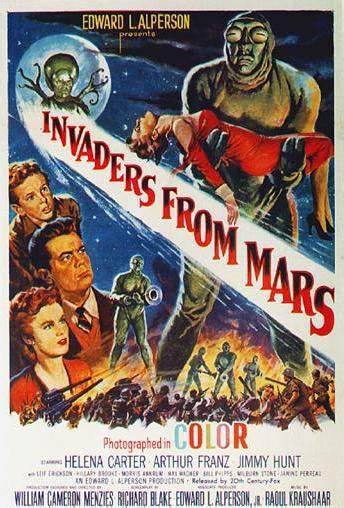PHENOMENALITY: *marvelous*
MYTHICITY: *poor*
FRYEAN MYTHOS: *drama*
CAMPBELLIAN FUNCTION: *sociological*
In the sixties director Pietro Francisci wasn't getting big important assignments like 1952's QUEEN OF SHEBA, and STAR PILOT was probably his career low point, even though PILOT reunited him once more with SHEBA star Leonora Ruffo.
PILOT roughly resembles one of those captivity-narratives by Jules Verne, like MASTER OF THE WORLD, but with a lot more sex and violence. A UFO lands in the wilds of Sardinia. An Italian professor, accompanied by two hunky assistants and his dippy actress-daughter Luisa (Leontine May), sets up a small expedition to investigate the supposed landing.
The explorers enter a deep cavern and find an alien construct, but don't know what to make of it. Leaving, the Italian quartet get ambushed by three gun-toting "men in black," who are Asian spies of some sort. (In the movie's only memorable bad line, the spies are very careful to specify that they are "Oriental" but "not Chinese.") The two assistants get into a brawl with the spies, in which the smaller Asians hold their own pretty well, However, the occupants of the alien spaceship-- the buried construct in the cavern-- choose this moment to emerge and capture everyone with their ray-guns.
Kaena (Ruffo) is the captain of the ETs, consisting of just two hunky males, one of whom is played by former peplum-hero Kirk Morris. She tells the Earth-people that her ship came to the planet to monitor the humans' usage of nuclear power, lest they threaten Kaena's people. But the ship had mechanical difficulties, and Kaena needs the professor's help to repair the craft. She and her men hold Luisa hostage while the prof and his assistants do whatever they need to do.
Francisci, one of the credited scripters, was clearly not interested in making up fake science to put across the sci-fi illusion. His main interest is in "the sexy," for Kaena is somewhat attracted to one of the assistants while Luisa has the hots for the Morris-alien (whose name is rendered both as "Belsy" and "Balsy.") The version of PILOT I watched fortunately interpolated some Italian subtitled dialogue left out of the American dub. Otherwise, I would not have known that Balsy tells Luisa that in his culture, the rulers' procreation is strictly monitored to keep their breed strong, while only the lower classes mate as they please. Luisa does not find this proposition romantic.
After repairs are completed, Kaena decides to abduct all of the explorers and to take them back to her world. During the trip, the Earthmen fight the hunky aliens and gain control of the spaceship. However, when they return the ship to Earth, they learn that in their absence nuclear war has decimated the planet. Having nowhere else to go, the whole troupe goes to Kaena's world. Surprise, surprise: nuclear radiation has compromised that globe too, though not as badly. The elitist rulers have deserted the world, leaving the hoi polloi to breed as they please, and the two groups of travelers realize that joining with this savage but egalitarian race is now their destiny.
Clearly Francisci didn't know how to properly build up to the sort of "philosophical reveal" that characterizes many of the best sci-fi films, and so his cross-mating scenario seems less than profound. I suppose Leontide May is the only performer who comes off well, but only because she's playing a sexy clown. However, if I had to decide what character occupies the centric role of Francisci's dull space-ride, I suppose it's Kaena, who represents her people and the "wrong turning" they took vis-a-vis eugenics.


















